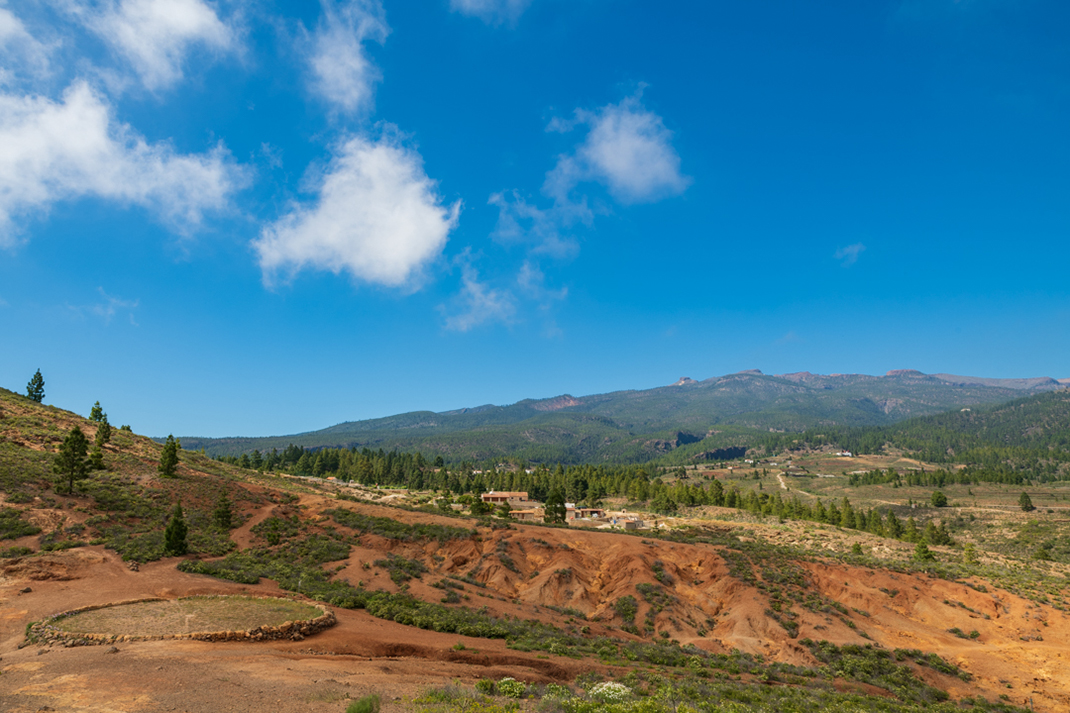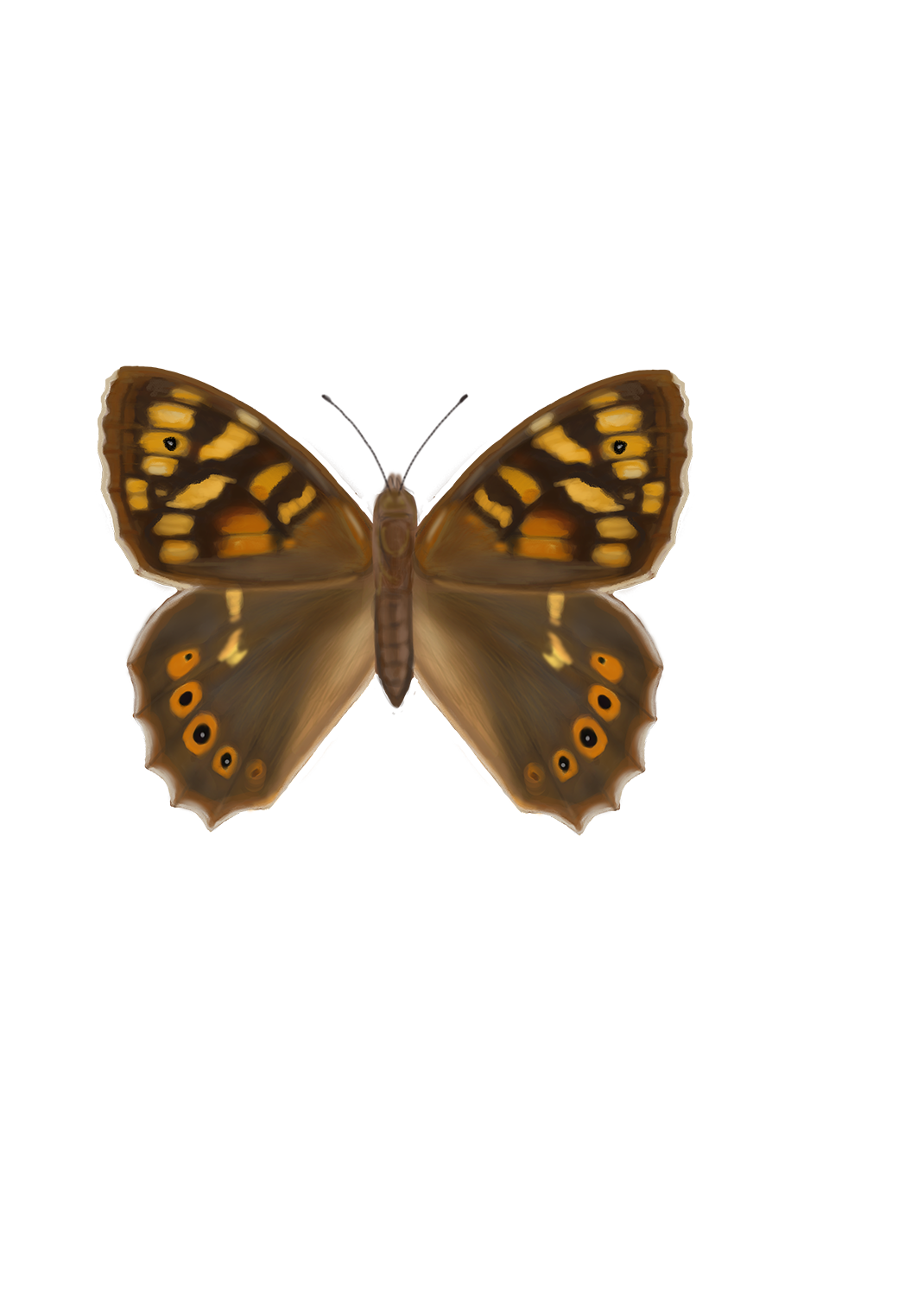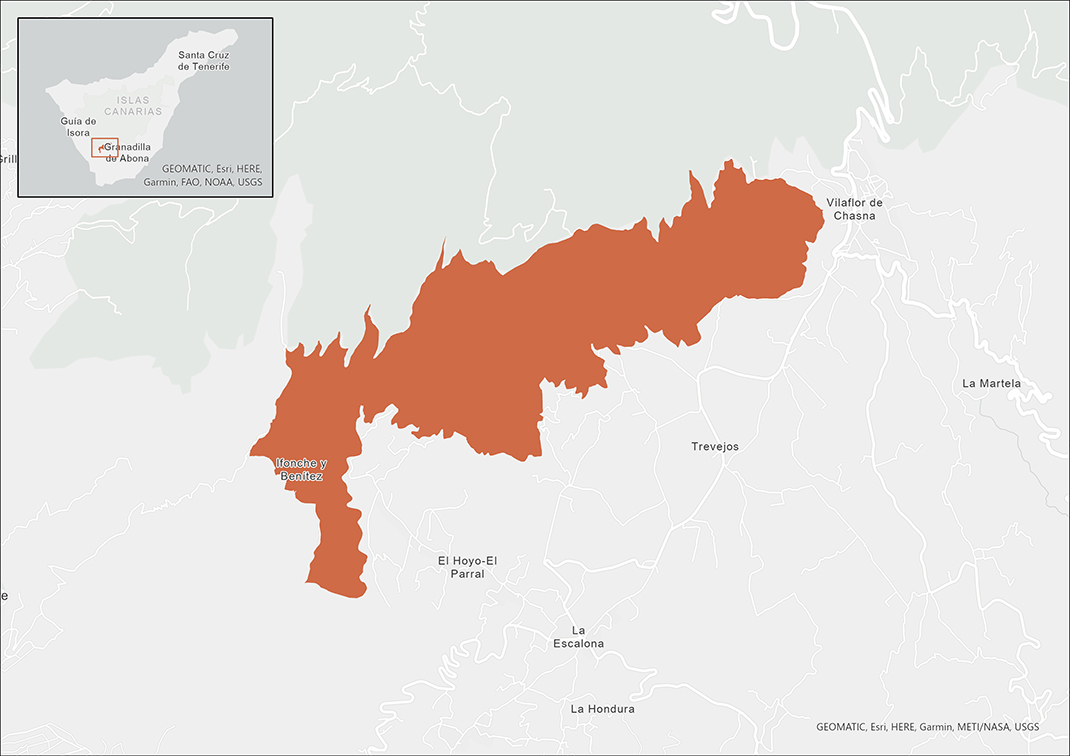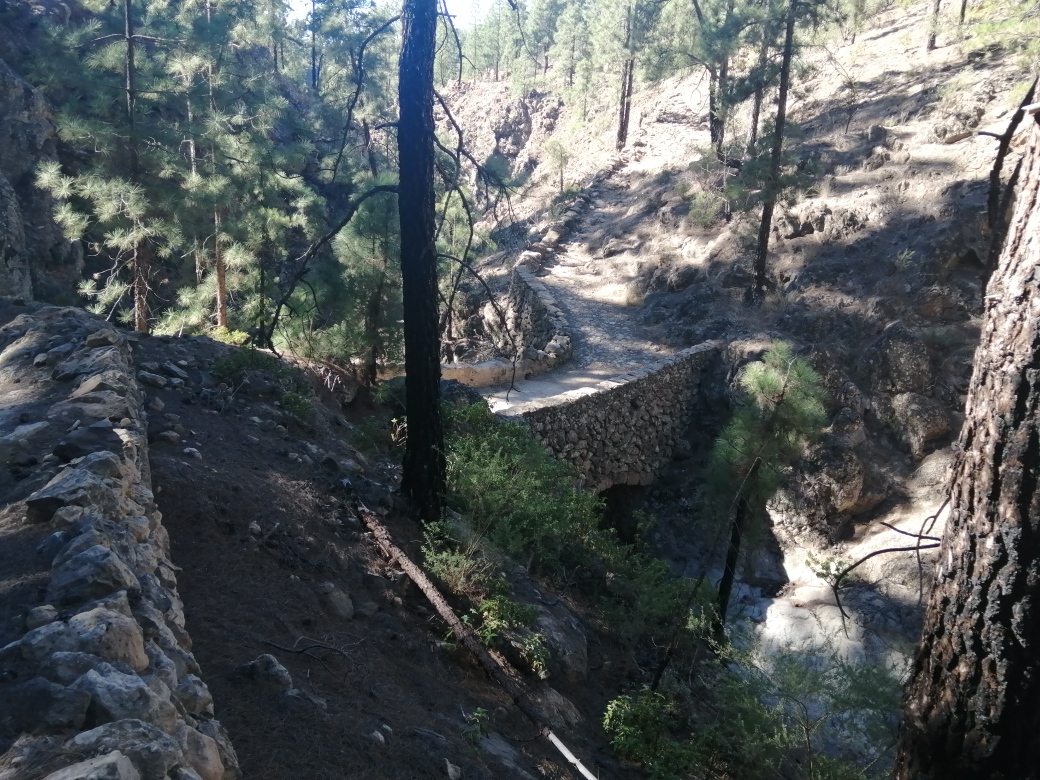Plan your next adventure
Tailor your own route along Tenerife’s trails quickly and easily..
Go to planner
The protected landscape of Ifonche is a rural setting of scattered hamlets, many farms and terraces, traditional dry stone walls and volcanic gravel deposits, forming a typical landscape of the south of Tenerife.
Recommended time to visit: All year-round.
Most of the farms and terraces are abandoned, although the land surrounding the hamlet of Ifonche does still have some irrigated and rainfed crops.
In the northern part of the protected area there is some Canary pine forest, which is taking over abandoned farm land, particular at higher altitudes.
These elements combine to create a beautiful rural landscape of great cultural, ethnographic and historical worth. Furthermore, the high porosity of the soil underneath means that it plays an important role in recharging the island’s aquifers.
It encompasses the highest parts of the two ravines, Barranco del Agua and Barranco del Rey, as well as other smaller ones, and an area containing five volcanic cones covered in vegetation.

At an altitude of between 900 and 1500m, the most prominent vegetation is pine forest. Nevertheless, due to agricultural activity throughout history, the pine forest only covers just over half of the surface area.
The Canary pine forest sits above an undergrowth of jaras (Cistus symphytifolius), escobones (Chamaecytisus proliferus) and codesos de cumbre (Adenocarpus viscosus). In the most humid zones you can also find retamón del sur (Teline osyrioides subsp. sericea) and the blue Tajinaste (Echium callithyrsum).
Along the watercourse in the Barranco de las Goteras ravine, there are quite a few Canary willows (Salix canariensis). Also, on the walls of the ravines that cross Ifonche we can find species that grow inside the cracks and crevices in the rocks, with just a little substrate. Examples include the palomera (Pericallis appendiculata), bejeque (Aeonium canariense), colderrisco escabrosa (Crambe scaberrima), pajonera canaria (Descurainia millefolia), oreja de ratón (Andryala pinnatifida) and pelotilla pálida (Monanthes pallens).
The gradual abandonment of agricultural land has made way for other vegetation, mainly jaguarzo (Cistus monspeliensis), jara (Cistus symphytifolius) and tomillo salvaje (Micromeria varia canariensis). These days the most common crop is the vine, and to a lesser extent, potatoes and corn.
The greatest variety of invertebrate fauna in the area exists in humid zones, such as ravine waterways, and nearby reservoirs and water pipelines. Specifically, at Ifonche you can find endemic species from the Canaries such as the Canarian spider beetle, marmalade hoverfly (Episyrphus balteatus), Teide ochre carabid (Dicrodontus brunneus exilis), Tenerife satyr butterfly (Hipparchia wyssii), and the Canarian manto butterfly (Cyclyrius webbianus).
Vertebrates are comprised of mostly forest birds, such as the canary, chiffchaff, Eurasian blue tit, goldcrest, blue chaffinch and great spotted woodpecker.
In more open ares you can also find Eurasian hoopoes, shrikes, spectacled warblers and Berthelot's pipits; while flying over agricultural areas are flocks of common linnets.
Birds of prey in the area include the long-eared owl, kestrel, buzzard, Eurasian sparrowhawk and the Barbary falcon. In the flat parts of Ifonche during spring and summer nights, you can even hear the song of the Eurasian stone-curlew, one of the most mysterious and endangered birds in Tenerife, present here at one of the highest altitudes in the archipelago.
Only two species of reptile have been found; geckos and Gallot’s lizard (Gallotia galloti). In terms of mammals the only autoctonous species are the Canary long-eared bat, Madeira pipistrelle and European free-tailed bat.

774.8 hectares (0.4% of the island)
Canary Island pine, jara (Cistus symphytifolius), escobon (Chamaecytisus proliferus), codeso de cumbre (Adenocarpus viscosus), retamón del sur (Teline osyrioides subsp. sericea), blue Tajinaste (Echium callithyrsum), Canary willow (Salix canariensis), palomera (Pericallis appendiculata), colderrisco escabrosa (Crambe scaberrima), pajonera canaria (Descurainia millefolia), oreja de ratón (Andryala pinnatifida), pelotilla pálida (Monanthes pallens), jaguarzo (Cistus monspeliensis), tomillo salvaje (Micromeria varia canariensis), Canarian spider beetle, marmalade hoverfly (Episyrphus balteatus), Teide ochre carabid (Dicrodontus brunneus exilis), Tenerife satyr butterfly (Hipparchia wyssii), Canarian manto butterfly (Cyclyrius webbianus), goldcrest, blue chaffinch, great spotted woodpecker, Eurasian hoopoes, shrike, common linnet, Eurasian sparrowhawk, Barbary falcon, Eurasian stone-curlew, Gallot’s lizard (Gallotia galloti), Canary long-eared bat, Madeira pipistrelle, and European free-tailed bat.
Pine forest, rocky, ravine, agricultural
Ifonche, Barranco de las Goteras.
To consult permits for use and updated regulations for this Protected Natural Area, visit the official website of the Government of the Canary Islands.

These are some of the points of interest you can find along this route.

Puente de Guayero
Distinctive stone bridge that crosses the Barranco de Las Goteras ravine.
...Tailor your own route along Tenerife’s trails quickly and easily..
Go to planner